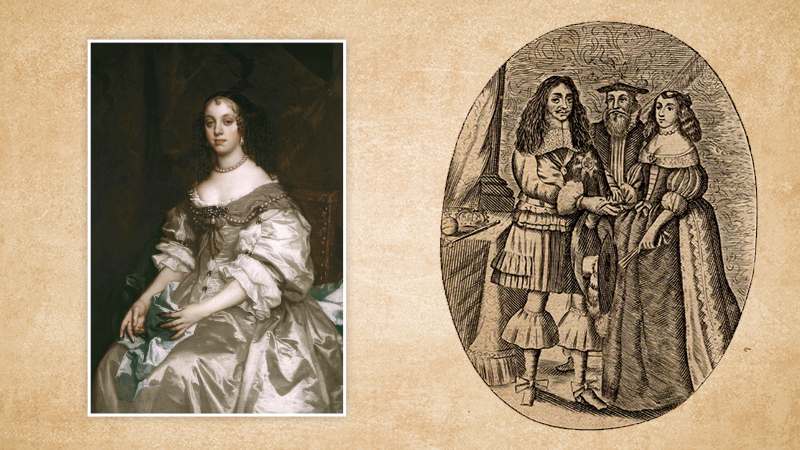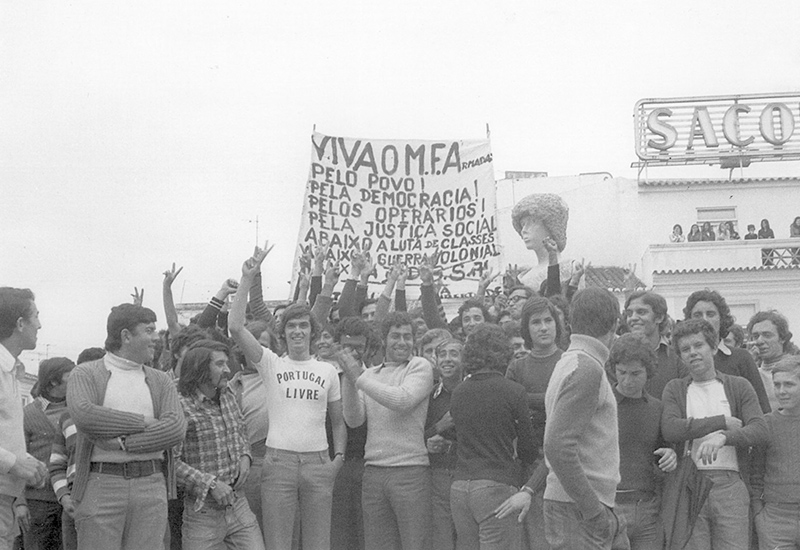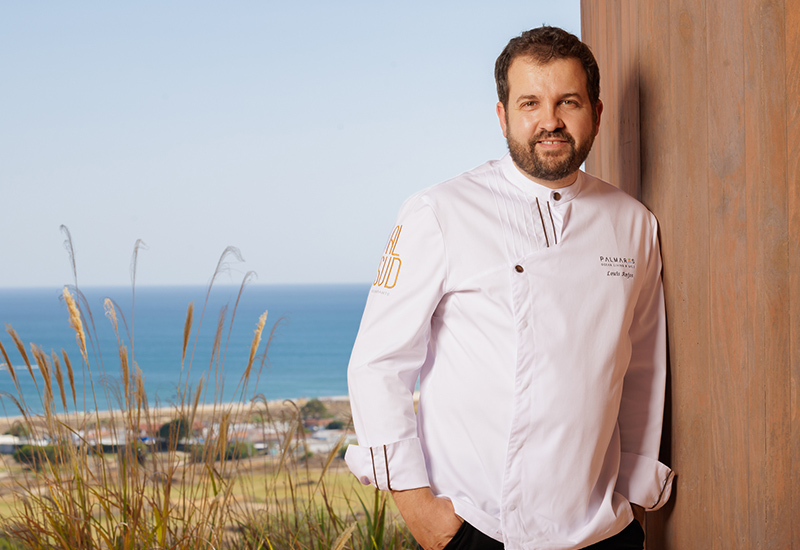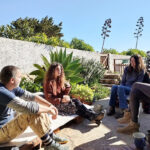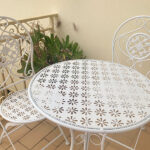In this new series we reveal interesting facts about Portuguese historical figures.
Name: Catherine of Braganza (Catarina de Bragança)
Born: 25 November 1638
Died: 31 December 1705
BIO: Catherine was Queen of England, Scotland and Ireland from 1662 to 1685, as the wife of King Charles II. Her father, King John IV of Portugal, became the first king from the House of Braganza in 1640 after overthrowing the 60-year rule of the Spanish Habsburgs and restoring the Portuguese throne.
Her devotion to the Roman Catholic faith in which she had been raised meant Catherine was unpopular in England at the time. She is now held in higher esteem due to the many contributions she made to the British culture.
- Catherine is believed to have spent most of her youth in a convent close by the royal palace where she remained under the watchful eye of her protective mother.
- She has been accredited with the habit of drinking tea and some say that TEA comes from the Portuguese words “Transporte de Ervas Aromáticas” (Transport of Aromatic Herbs), which was written on the boxes when they arrived in England. This has been questioned by historians as Samuel Pepys makes reference to drinking tea for the first time in his diary entry for 25 September 1660, prior to Catherine’s emigration to England and marriage to Charles. It is more likely that she popularised the drink, which was unusual in Britain at the time and she introduced at 5 pm tea at court.
- Queens, a borough of New York City, was supposedly named after Catherine of Braganza since she was queen when Queens County was established in 1683. However, there is no historical evidence that Queens County was named in her honour, neither is there a document from the time proclaiming it so.
- When she married Charles II, she brought a dowry of Bombay (Mumbai) and Tânger which allowed the British to expand their empire to India and Africa. She imported fruits from Tânger which is why the previously named mandarines became tangerines in the British language.
- After acquiring the Seven Islands of Bombay as part of her dowry, Charles II rented them to the East India Company which was the start of the great British empire.
- Catherine can also be congratulated on bringing table manners to the English! Apparently, British people, even royalty, used to eat with their hands and leave the fork only to serve the food. She was used to eating with a knife and fork in Portugal so started the custom in the royal palaces. British used to eat with gold and silver plates, whereas in Portugal, they would eat with porcelain plates. The expression “fine china” emanates from the fact that porcelain is more refined and helps keep food warm for longer.
- The Portuguese elite had the habit of hosting soirees where they would listen to opera music. She had Portuguese opera musicians brought to the British court in her retinue and the first opera ever heard in England was due to her musical taste, thus bequeathing another important cultural heritage.
- The Queen’s audience chamber at Windsor castle carries a ceiling painting and is only one of three by Verrio at Windsor to survive. The ceiling depicts Catherine of Braganza, amidst the clouds, being drawn in a chariot by swans towards a temple of virtue. A zephyr accompanying the Queen carries a crown aloft, whilst a putti carries the Coat of Arms. The representations of Catherine of Braganza have always been of a deeply religious and pious queen.
- She suffered three miscarriages and was unable to produce an heir to the throne despite the King siring illegitimate children to his many mistresses, whom he acknowledged. His most famous mistress was Barbara Palmer, whom Catherine was forced to accept as one of her Ladies of the Bedchamber.
- When it became more likely, she would not produce an heir, many courtiers urged Charles to divorce Catherine, but he always firmly rejected this suggestion.
- While many believe marmalade to be a British phenomenon, but it was introduced to the court by Catherine de Bragança. The word for quince is marmelo in Portuguese. Queen Catherine found the way of life and, in particular, the food in England, not to her liking and she introduced the marmelo preserve to the Royal Court. Later, the preserve was made from the peel of oranges imported from China. She used to make them for herself and her friends. It is rumoured she would leave the bitter oranges for her enemies (probably her husband´s mistresses!).
- Catherine served as regent of Portugal during the absence of her brother in 1701 and during 1704–1705, after her return to her homeland as a widow.
Sources: Plataformacidadaniamonarquica.wordpress.com; Wikipedia; The Royal Collection Trust
Portrait of Queen Catherine of Braganza by Peter Lely
